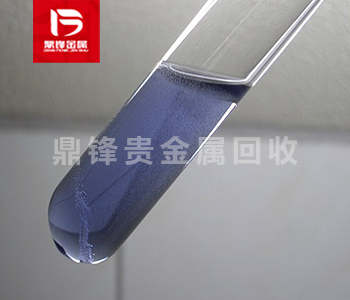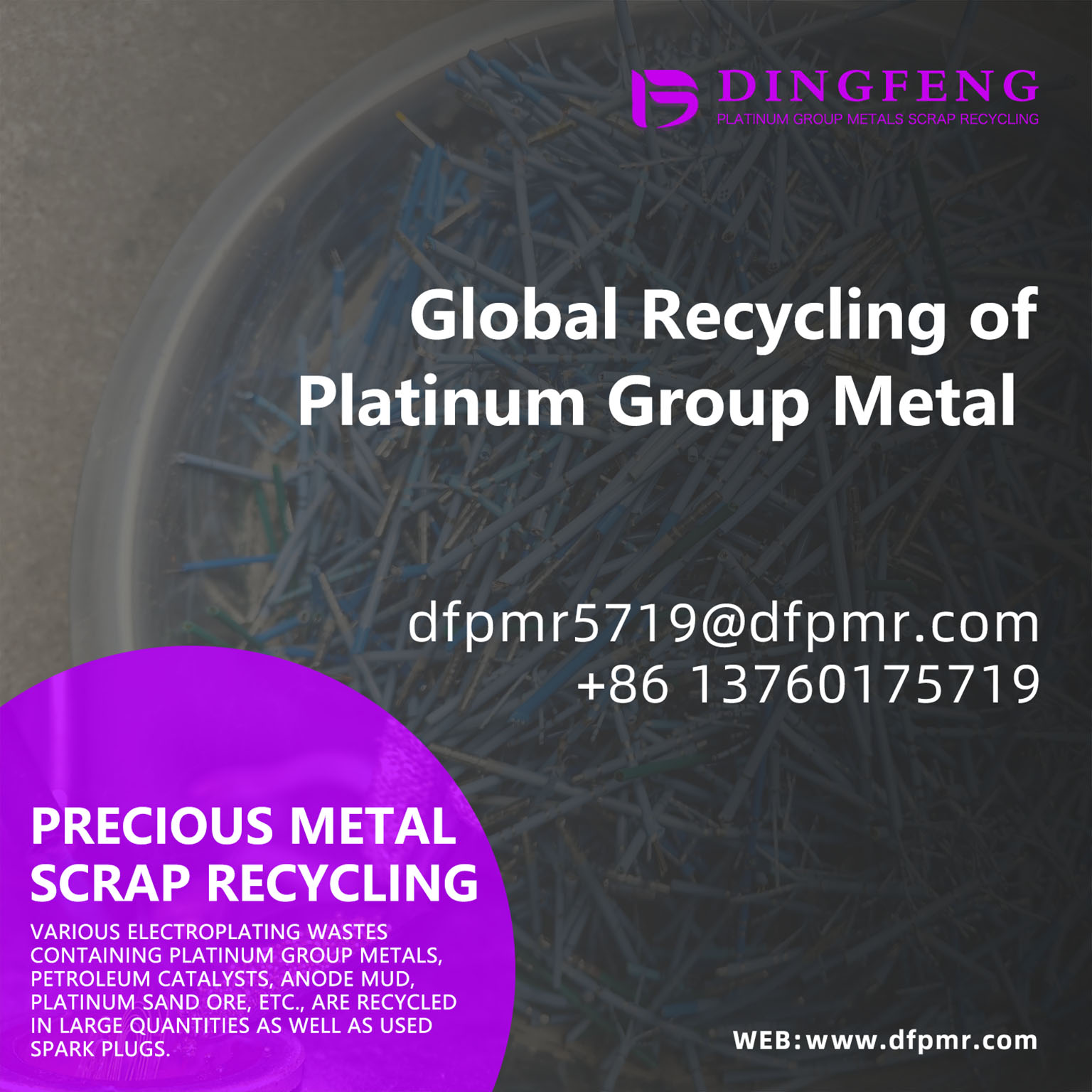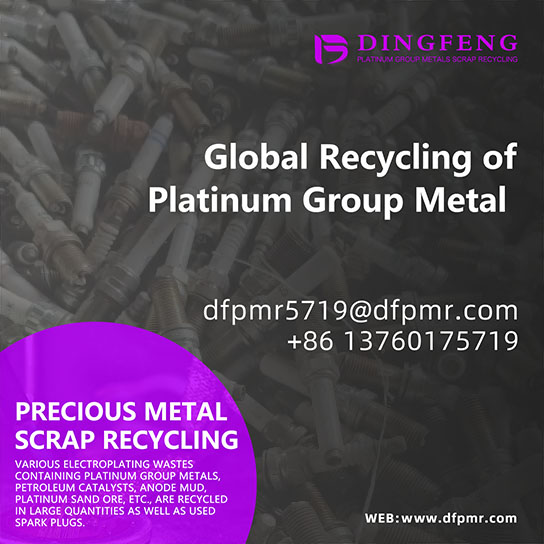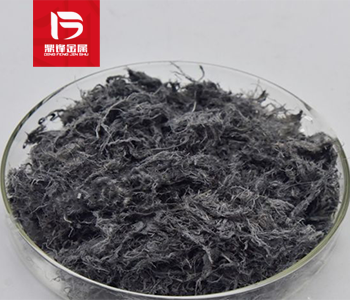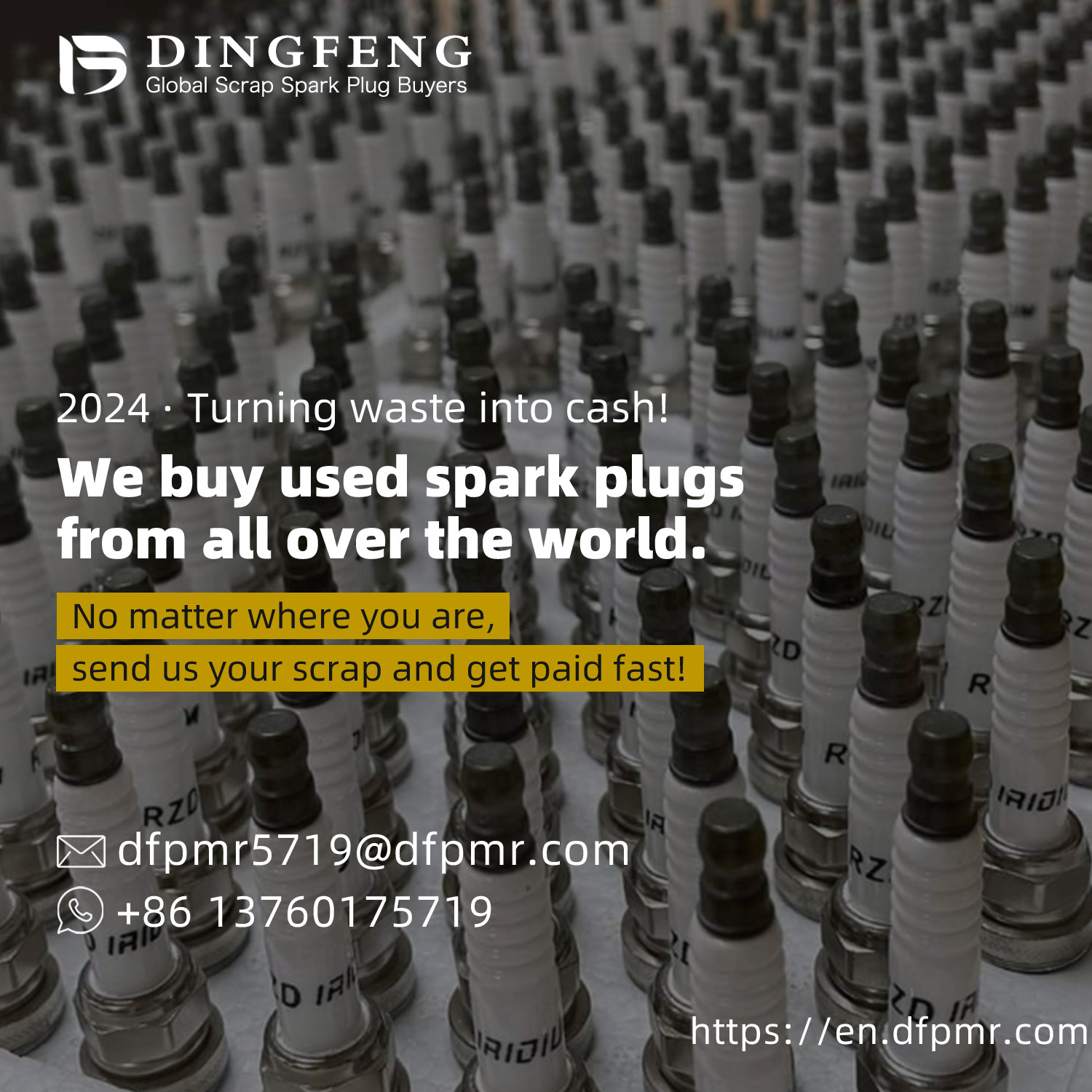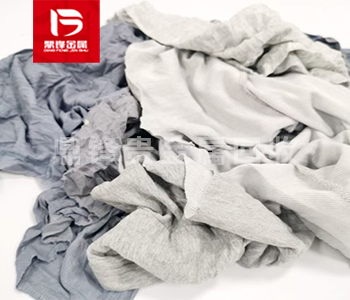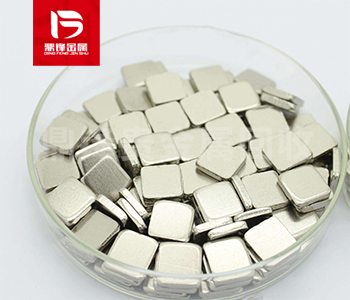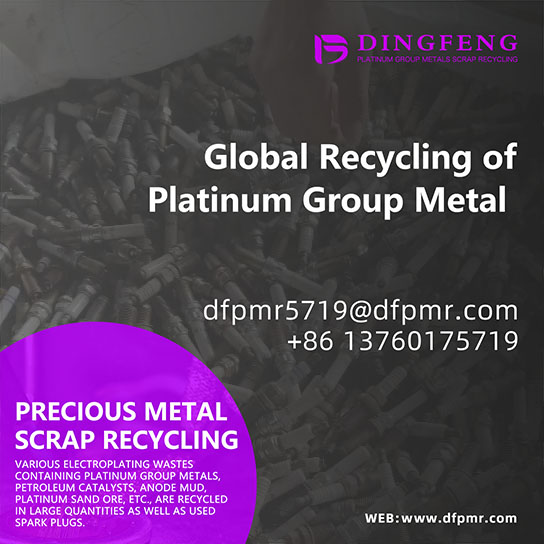Recovery of waste liquid containing ruthenium_ Ruthenium water recovery_ Precious metal recycling manufacturers
Ruthenium water refers to a solution formed by ruthenium ions (Ru3+) dissolved in water. It has a series of unique properties. First, ruthenium water has a light yellow to red color, which is caused by the presence of ruthenium ions. Secondly, ruthenium water has good thermal and chemical stability and is not prone to hydrolysis or oxidation reactions. This makes ruthenium water play an important role in many industrial applications.
Product Details
Ruthenium water refers to a solution formed by the dissolution of ruthenium ions (Ru3+) in water, which has a series of unique properties. Firstly, ruthenium water exhibits a light yellow to red color, which is caused by the presence of ruthenium ions. Secondly, ruthenium water has good thermal and chemical stability, and is not prone to hydrolysis or oxidation reactions. This makes ruthenium water play an important role in many industrial applications. In addition, ruthenium ions also exhibit certain catalytic activity and can be used as catalysts for certain chemical reactions.
Common types of ruthenium containing waste liquid:
1. Ruthenium salt wastewater: In industrial production processes, ruthenium salt solution is often used as a catalyst, such as ruthenium chlorate (RuCl3) solution. During use, these catalysts may be affected by pollutants, leading to a decrease in their activity. Therefore, waste liquid containing ruthenium salts needs to be treated and recycled to reduce environmental pollution and achieve resource recycling.
2. Ruthenium metal waste liquid: Ruthenium metal is used in the manufacturing process of certain electronic products, such as metal connecting wires for electronic devices. During these manufacturing processes, waste liquid containing ruthenium may be generated, such as ammonium rutheniate (NH4RuO4) solution. These waste liquids need to be treated and recycled to reduce their impact on the environment and recover valuable ruthenium resources.
3. Ruthenium oxide waste liquid: In certain chemical production processes, such as the preparation of ruthenic acid (H2RuO4), waste liquid containing ruthenium oxide may be generated. The ruthenium oxide in these waste liquids needs to be separated and recycled to reduce waste emissions and achieve resource reuse.
Waste ruthenium slurry is one of the recycling channels for ruthenium containing waste, including ruthenium water recycling, ruthenium alloy recycling, ruthenium slag recycling, ruthenium powder recycling, ruthenium iridium mesh recycling, ruthenium wire recycling, ruthenium block recycling, etc. If you have any demand for the recycling of ruthenium containing waste, please call our 24-hour service hotline. Dingfeng Precious Metal Recycling and Refining Factory has independent recycling and refining factories without intermediaries to earn price differences. Our professional technical team and customer service personnel provide one-on-one services to ensure customer privacy during the recycling process.


